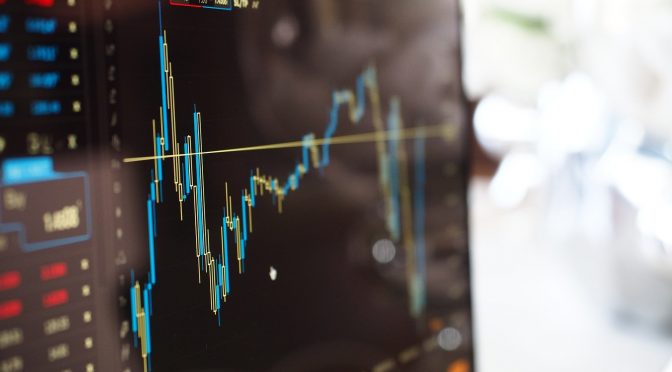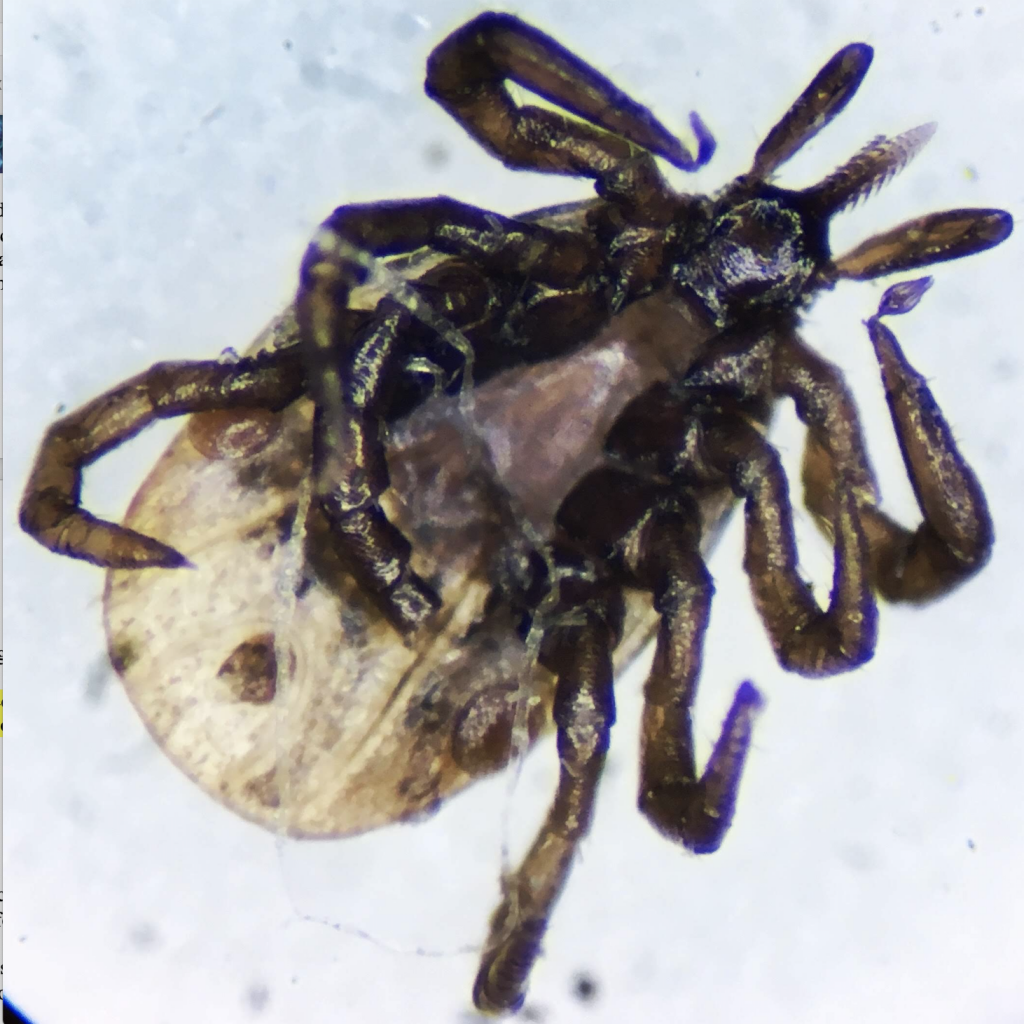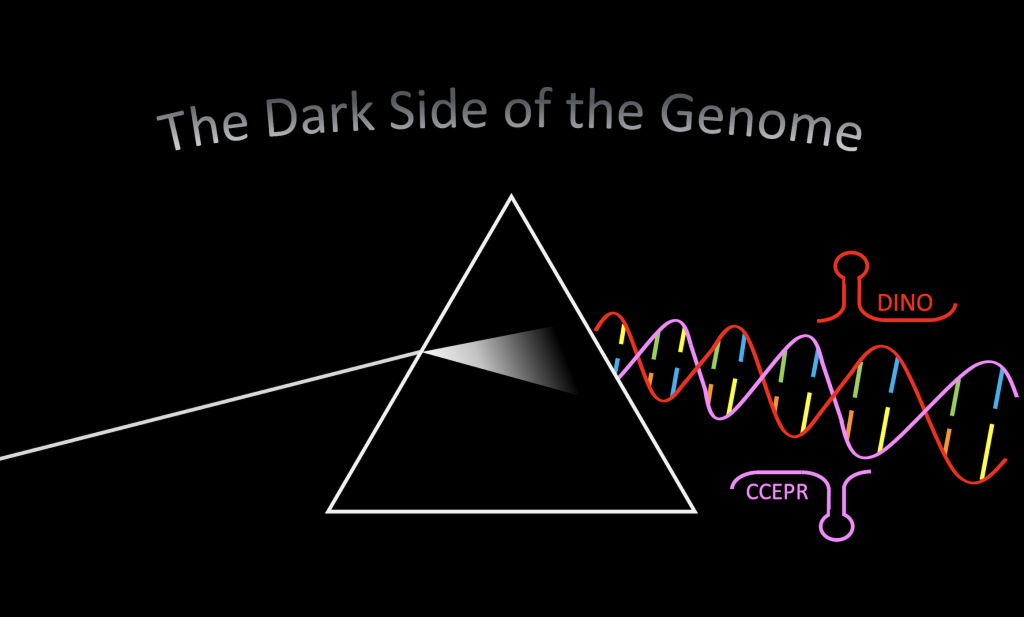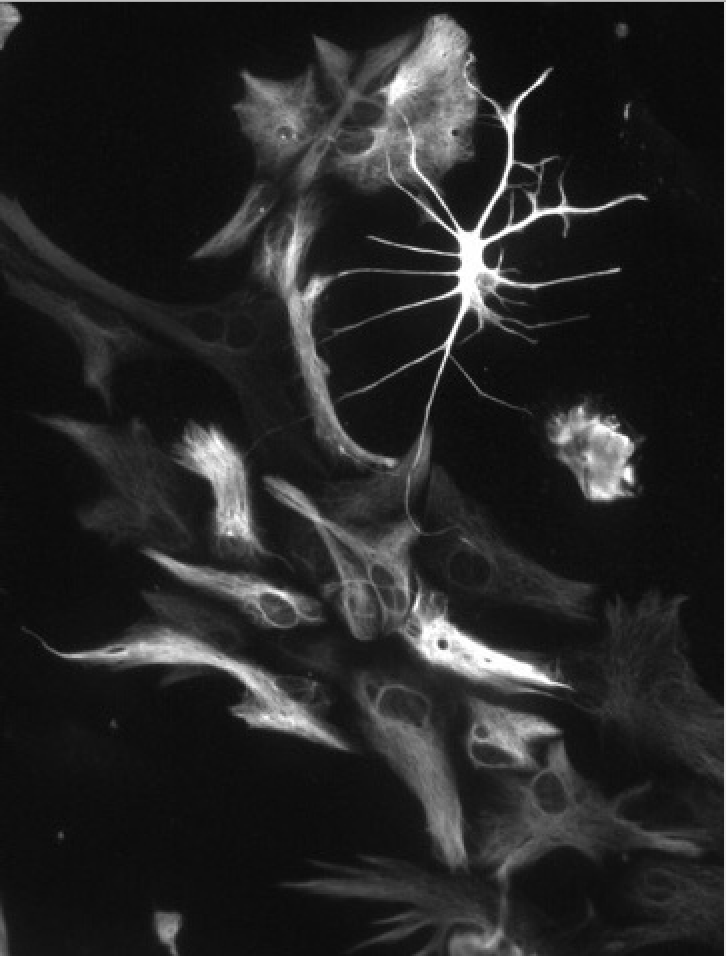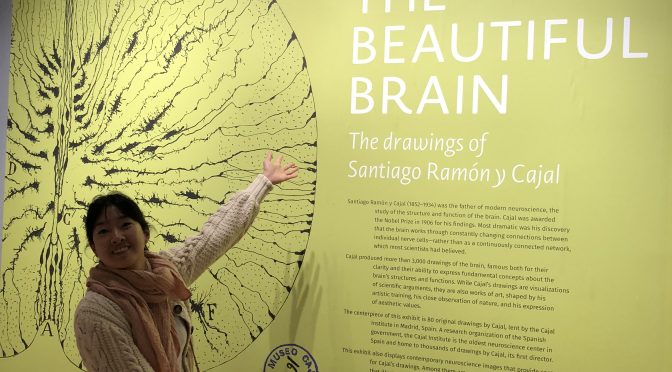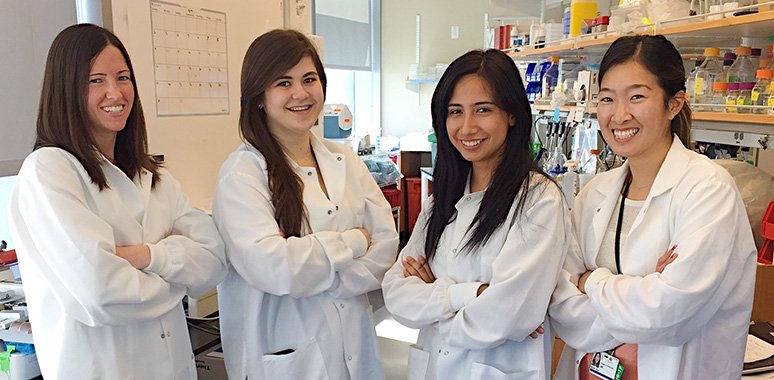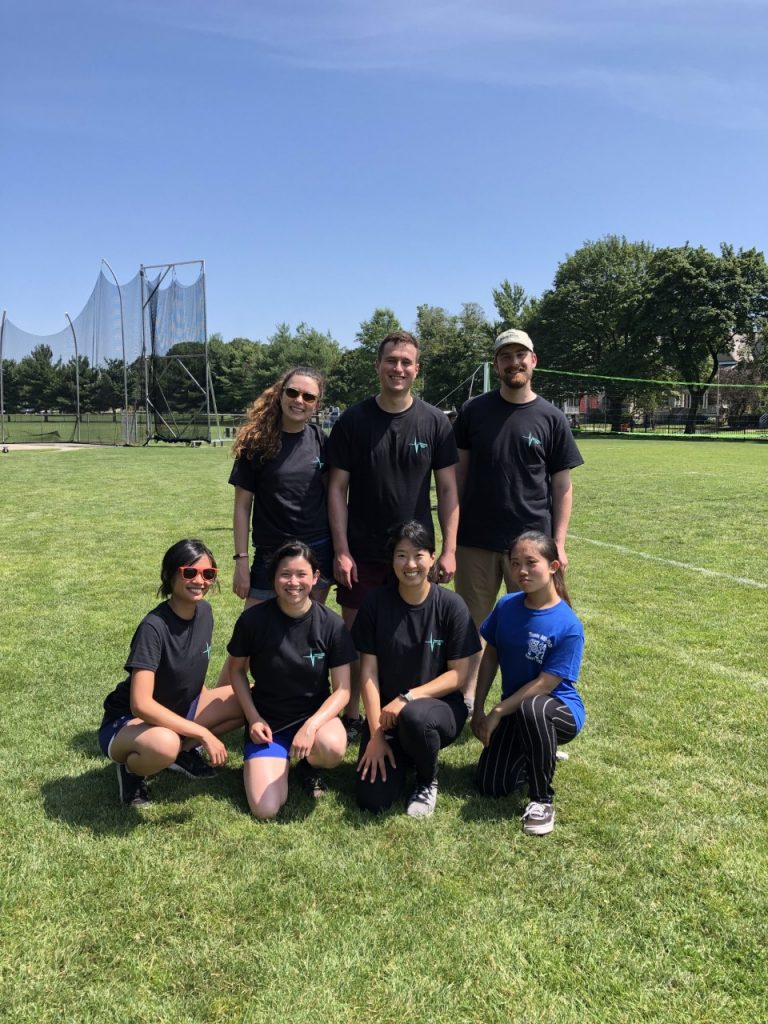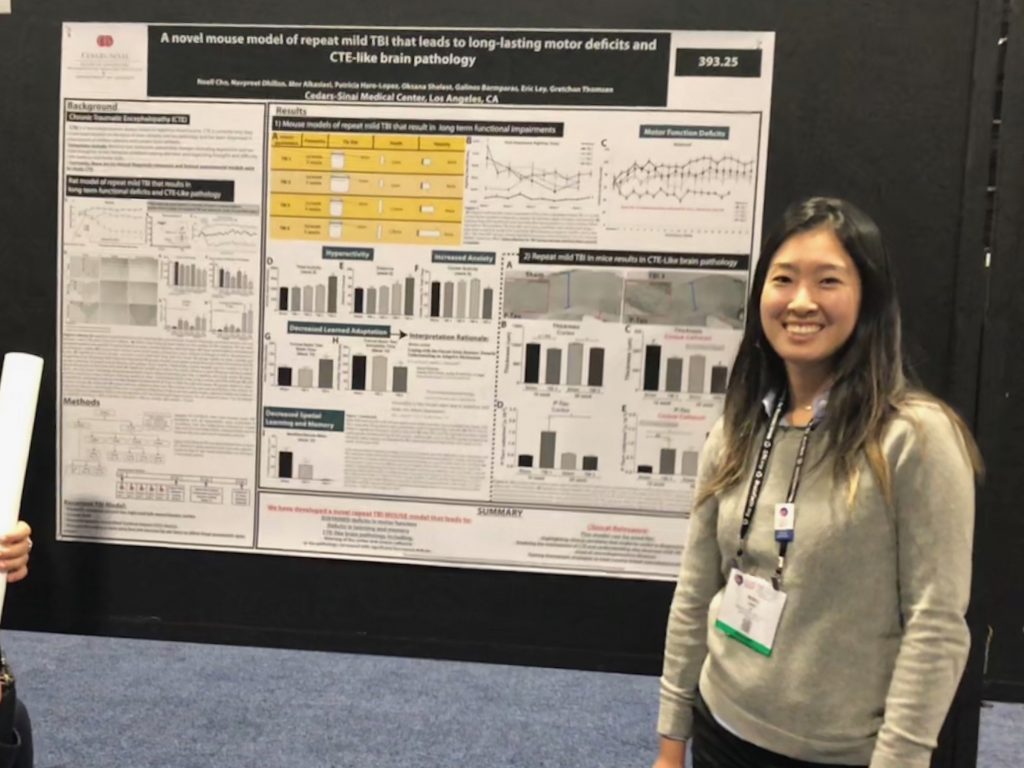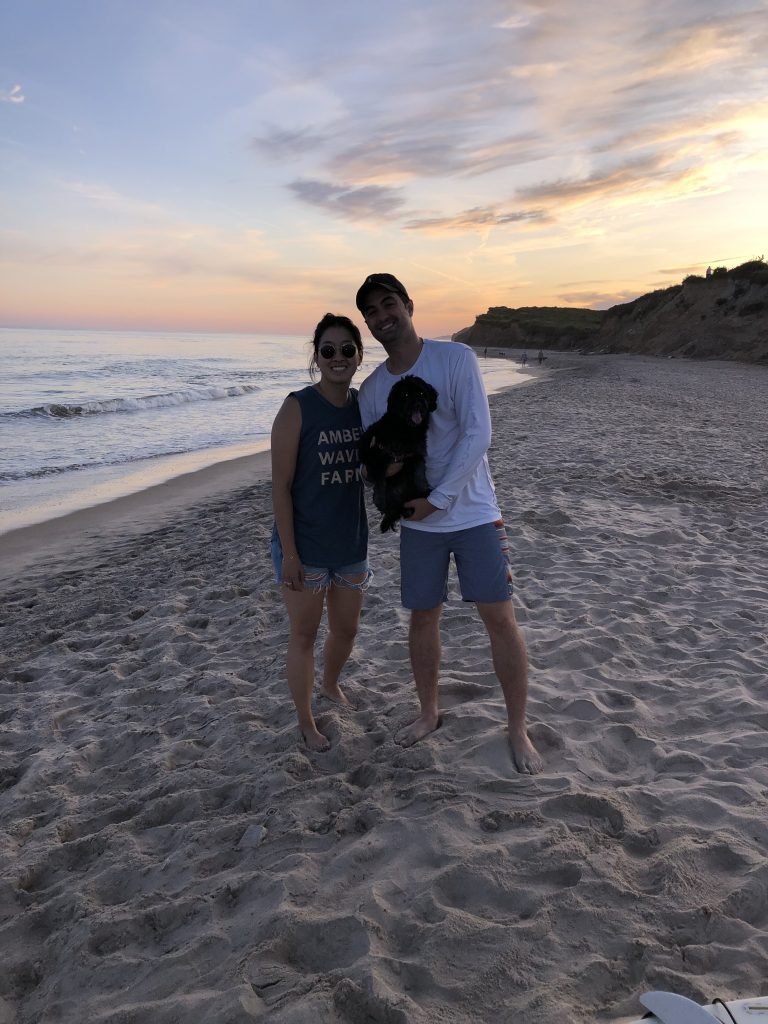
Investing in a time of turmoil
The uncertainty of the novel coronavirus pandemic has left global stock markets reeling, erasing gains from the past 3 years. Massive selloffs have occurred over the past month that have not been seen since the 2008 financial crisis. For those of us young enough to be long-term investors (many year horizon) this is not a time to panic sell. I would argue the opposite and to continue your monthly contributions practicing dollar cost averaging. I caution against trying to “catch a falling knife” in trying to time this market volatility with large sums of uninvested cash. This is a trial-by-fire for testing an individual’s tolerance to risk and unrealized loss, so do not throw money in now that you are not comfortable seeing potentially decline another 50% or more in the coming months. Even if that does occur, ride out the bump however long it lasts and eventually you will see the value increase. Historically, market downturns are followed by a recovery, and over the long term still provide the best returns on investment. While the past is no guarantee of future results, the two hundred years of US stock market history would indicate this is still the best way to generate wealth.
Anyone near retirement age should have already reallocated their assets to consist mostly of lower-risk fixed income securities as appropriate for their age. For those of you who have parents who are concerned by this crisis, assure them that unless they need their capital within the next few years, they should not sell holdings at a significant loss. The hit to the economy during this pandemic is uncertain but will definitely be deep. In the coming weeks, unemployment will skyrocket as most sectors grind to a halt. This is certain to continue for the coming months as more and more state-wide lockdowns will go into effect. However, the extent to which this is mitigated depends on the actions of Congress as they continue to debate different stimulus measures.
Choosing stock investments
So, what investments should be considered during this current market discount (and at all times when investing)? I would not feed into frenzy of any “hot stocks” because by the time you have heard about it in the media, they are likely already overvalued. Similarly, companies with promising COVID-19 treatments may end up disappointing investors. The principles I would recommend for those beginners wanting to invest a percentage of their savings would be to dollar cost average into an index fund that tracks the total stock market. These provide the safety of diversification that picking individual stocks do not. Essentially each month, no matter what the price of the fund is, buy the same dollar amount of that fund. Some months you can buy more when the price is low, and other months you buy less when the price is high. Over time, this averages to a lower cost-per-share than jumping in all at once. This is a great way to passively invest in stocks, as you don’t need to do deep analysis of a company that you want to invest in (and feel the pain when it turned out you were wrong). The S&P500 tracks 500 large companies in the US and SPY is a great low cost fund tracking it. Be sure to chose a fund with a low expense ratio (fees), and many popular ones can be found for under 0.1%. Anything charging over 1% eats away at your return and is not worth your money.
For those who want to be more active in their investments and buy individual stocks, you must do your homework. If you don’t want to take the time and discipline to invest in individual stocks, follow the investment strategy in the previous paragraph. Your principal will be much safer that way. There are two main schools of thought for picking stocks, technical analysis and fundamental analysis. Technical analysis looks at volume trends of buying and selling of shares and other metrics on how to predict which way a particular stock will move. In my opinion, this is essentially gambling and should not be followed. Fundamental analysis looks at the fundamentals of a business. All things from its financial health, growth prospects, dividend payments, management team, and advantage over competition are looked at. This is the best way to determine which companies have true staying power over the long run.
Fundamental Analysis and Value Investing
The best-known proponent of fundamental analysis is the investor Warren Buffet, who learned his strategy from the “father of value investing”, Benjamin Graham. Value investing seeks to buy stock at a safe discount, as the investor has determined this stock to be mispriced by the market in her favor. Eventually, she hopes the strong fundamentals of the company place it in the good graces of Wall Street and as more investors buy in, the share price increases. Value investing requires patience, as you could wait many years before your favorite picks become the favorites of Wall Street. But when they do, you will be happily rewarded.
You can read hundreds and hundreds of pages from many books and take many classes on how to learn fundamental analysis. Personally, I feel a great starting off point for those who are interested is to read Ben Graham’s, The Intelligent Investor. My perspective on investing, risk, and emotional responses were completely changed for the better after reading that book. Honestly if I had not read this only a few months ago, I probably would have sold my investments completely at the first whiff of this virus. (I believe time in the market is superior to timing the market). Briefly, the definition Graham gives for investment is the following:
- Investment, upon thorough analysis, promises safety of principal and a satisfactory return. Not meeting these requirements is speculation
- An investment operation is one that can be justified on both qualitative and quantitative grounds.
In another earlier work by Graham, Security Analysis, he sets criteria that should be met by a company before consideration of purchasing their stock:
- a suitable and established dividend return
- a stable and adequate earnings record
- a satisfactory backing of tangible assets
Essentially this boils down to the company should distribute profits (and they should have for many years prior), they actually have earnings, and their debt does not exceed their assets. If you follow the advice in The Intelligent Investor you will do well. If you want to speculate, avoid doing so with more than you are comfortable seeing disappear to zero. I would strongly urge against gambling with all derivatives (buying on margin, puts, calls, futures etc.) unless you REALLY know what you are doing and are also ok with losing your initial investment, or in some of those cases, owing MORE than you originally had.
Where can you buy stocks?
After putting down your copy of The Intelligent Investor and carefully analyzing a stock that looks attractive to you, you decide to go ahead and buy that stock. But how is this accomplished? Today it is even easier to buy and sell stocks than in the past. A stock broker is authorized to handle this task and there are many companies offering this service online. Fortunately many commission fees for doing this have been eliminated. Some popular brokers are TD Ameritrade, Fidelity, Vanguard, and E-Trade. These companies have different minimum investment amounts so be careful to check the requirements before choosing.
Conclusion
Many of us are not trained in finance, economics, or security analysis (I certainly am not), but I hope that investing does not have to be scary to those in other disciplines and is seen as a valuable way to grow wealth over the long run. It is fun to learn more about a field completely different than your own. This could also be a good skill for scientists, as familiarizing yourself with a prospective company’s 10-K filing (yearly financial report) will teach you a great deal about that company and if they have the financial health to ensure you don’t need to look for a new job in 6 months. This only applies to publicly traded companies however. Startups and established private companies don’t have to disclose as much to the public. Whether or not you decide to take a passive or active approach, you will be able to achieve your financial goals through sound and disciplined investment.
Disclaimer: These views are my own and I am not qualified to give financial or investment advice. Please seek out certified financial planners from trusted institutions. I own shares in SPY and other individual stocks and index funds as of this writing.

